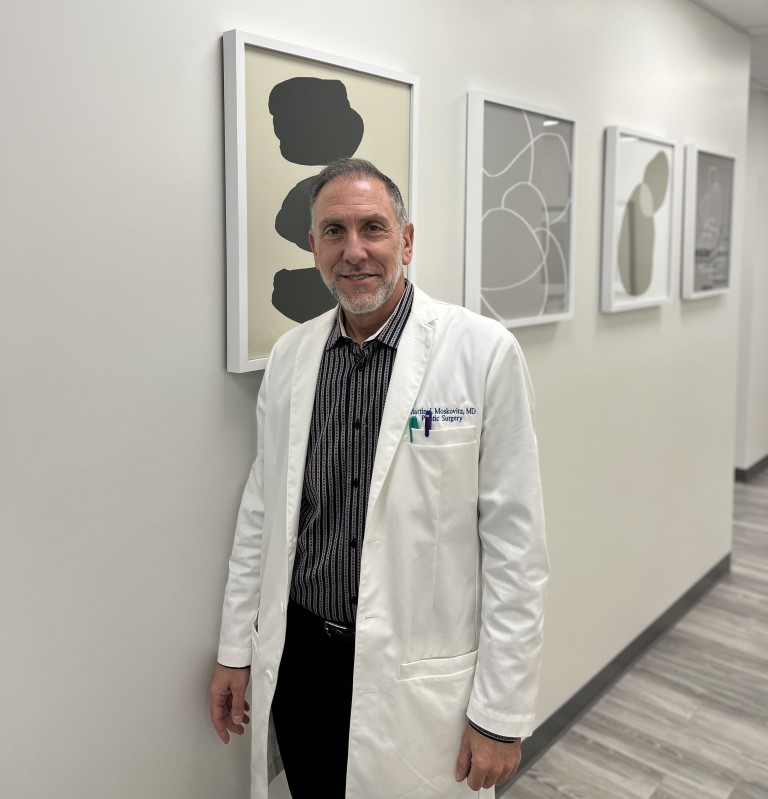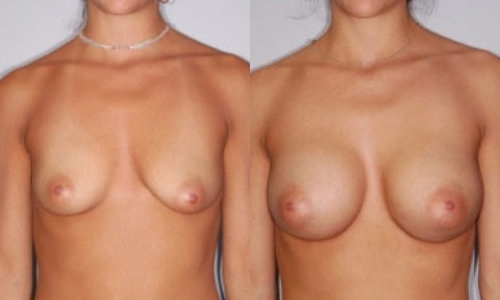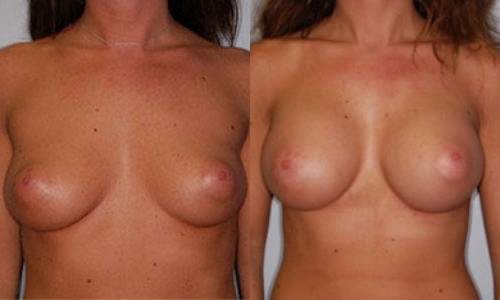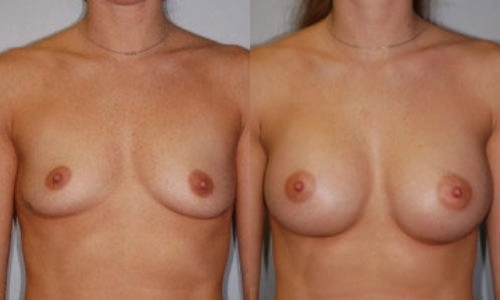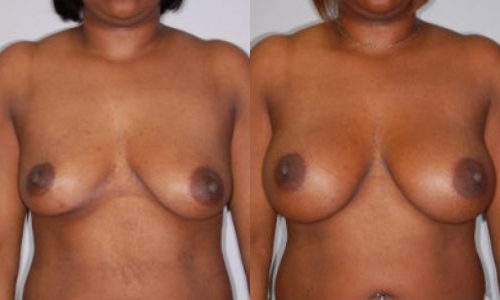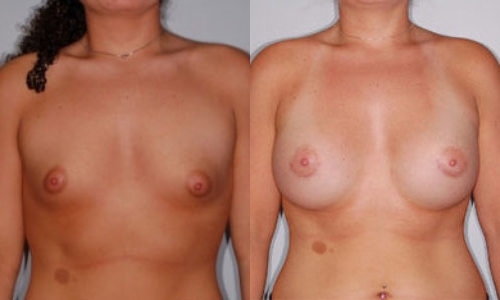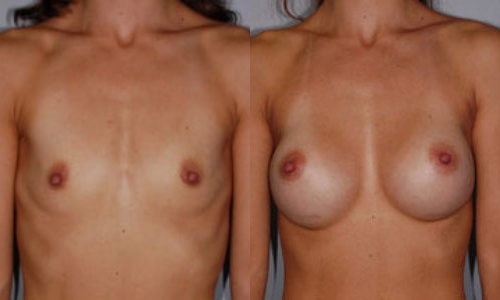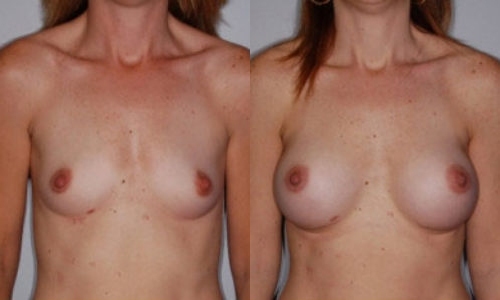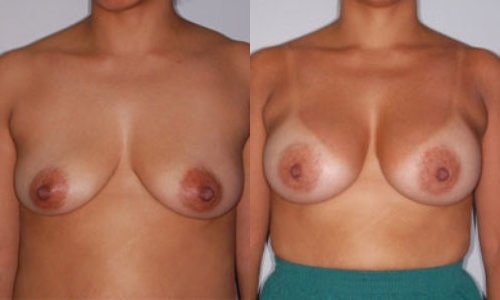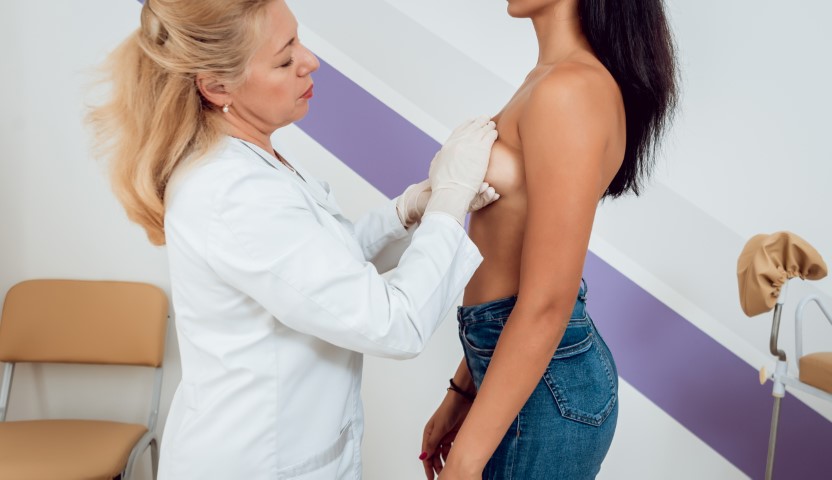On the day of your Breast Augmentation surgery, you will be welcomed by our experienced and dedicated operating room team. Before the procedure, you will meet with Dr. Moskovitz in the pre-operative room to review all details of the procedure once more, surgical markings will be done, and all required consents will be signed. The emphasis is on your comfort and safety with a focus on a relaxed and professional environment.
Under general anesthesia, the procedure is generally 1.5 to 2 hours long. The surgical markings previously done help guide accurate incision placement of the breast implant. There are two incision options available:
Inframammary Incision (Silicone): Made through the natural crease beneath the breast.
Periareolar Incision (Saline): Is a “U” shaped incision around the lower half of the areola.
Adopting the “No-Touch” technique minimizes contact between the implant and skin and which decreases the risk of potential complications, including infection and capsular contracture.
Recovery time is faster with less visible scaring. The team in the recovery room will care for you for an hour after the procedure to help you get home safely.








